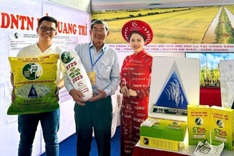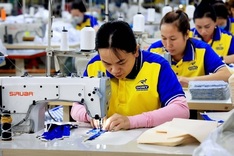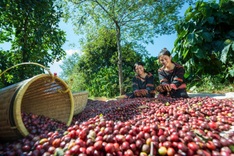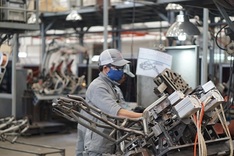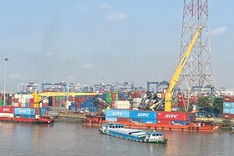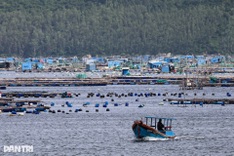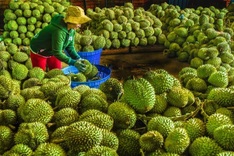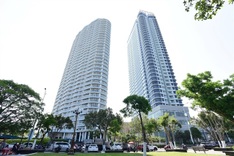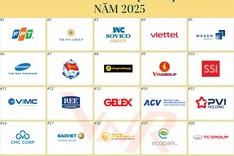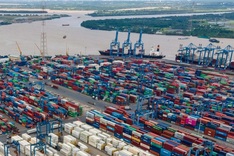 Vietnam's pharmaceutical market is growing rapidly, but low per-capita spending limits potential returns, said a new report.
Vietnam's pharmaceutical market is growing rapidly, but low per-capita spending limits potential returns, said a new report.
The market was valued at around VND27,265bn (US$1.53bn) in 2009, according to a new report by research firm BMI.
The firm forecasts that over the next five years, the market should grow at a compound annual growth rate (CAGR) of 15.8% in local currency terms to reach a value of VND56,706bn (US$3.29bn) in 2014. The long-range forecast is for the market to reach VND89,509bn (US$6.07bn) in 2019, equating to a CAGR of 12.6%. Forecast for GDP-beating drug market growth underlines BMI's view that there is considerable scope for increased pharmaceutical consumption in a country where per-capita drug expenditure is currently just US$17.
"Access to healthcare remains a key concern in a country where per-capita GDP is a little over US$1,000," said the report. In January 2010, Vietnam introduced a new Law on Health Insurance that would see around 90% of patients subject to some form of co-payment, raising concerns that access to healthcare for people on low incomes may be restricted. The legislation states that certain patients - ethnic minorities, welfare recipients and people who contributed to the revolution - must pay 5% of medical services costing more that VND97,500 (US$5.28). Students, employees and others not obliged to buy health insurance will have to pay 20% of healthcare costs out-of-pocket.
In BMI's Asia Pacific Pharmaceutical Business Environment Ratings for Q2 - 2010, Vietnam was ranked 13th of the 15 markets surveyed. The country's pharmaceutical market is growing rapidly, but low per-capita spending limits potential returns. Meanwhile, an uncertain pricing environment creates the largest risks for pharmaceutical firms operating in Vietnam. Some pharmacies registered a 10-30% increase in drug prices in a period of less than two weeks in December 2009, despite warnings from the Vietnam Drug Administration (VDA) against outlets not to raise prices.
There have been a number of positive developments in Vietnam's pharmaceutical industry in recent months. The Hanoi University of Pharmacy is to produce Fludon H1 (arbidol) in 2010 to combat H1N1 influenza. Once manufacturing of arbidol in Vietnam has been scaled up, the medicine is expected to be more than four times cheaper than Tamiflu, the first-line treatment for swine flu. Meanwhile, the country's biotechnology sector has continued to demonstrate the ability to develop new vaccines with an announcement by Company for Vaccine and Biological Production No. 1 (Vabiotech) that commercial batches of a vaccine against H1N1 influenza were ready for testing by the National Institute for Control of Vaccine and Biologicals (NICVB).


